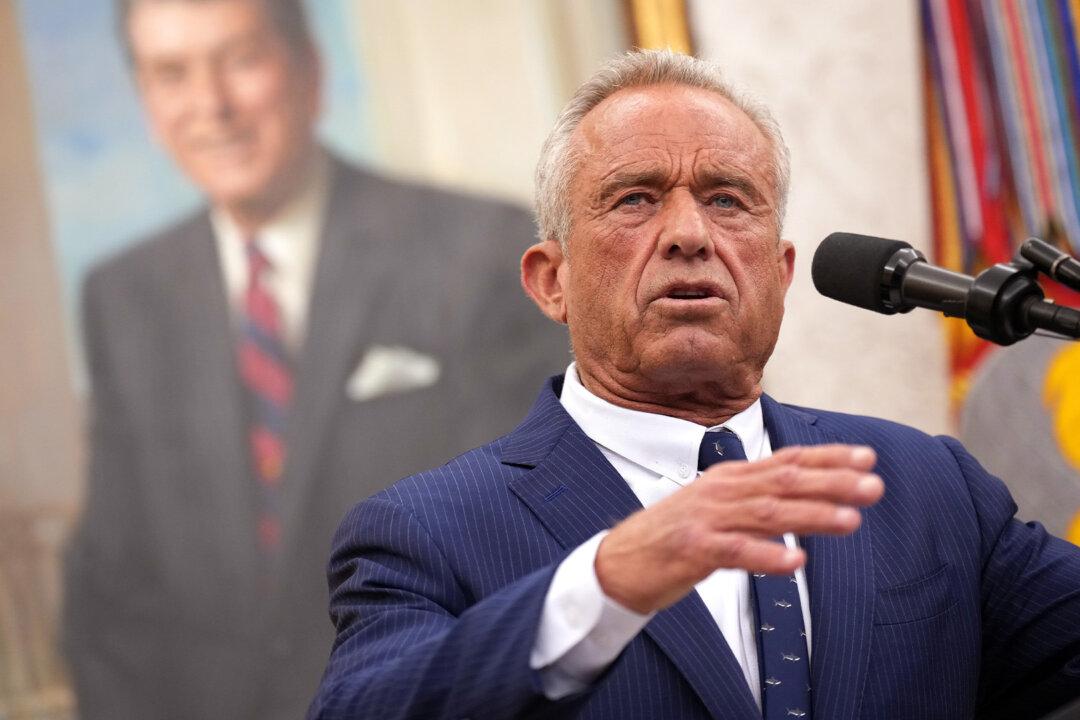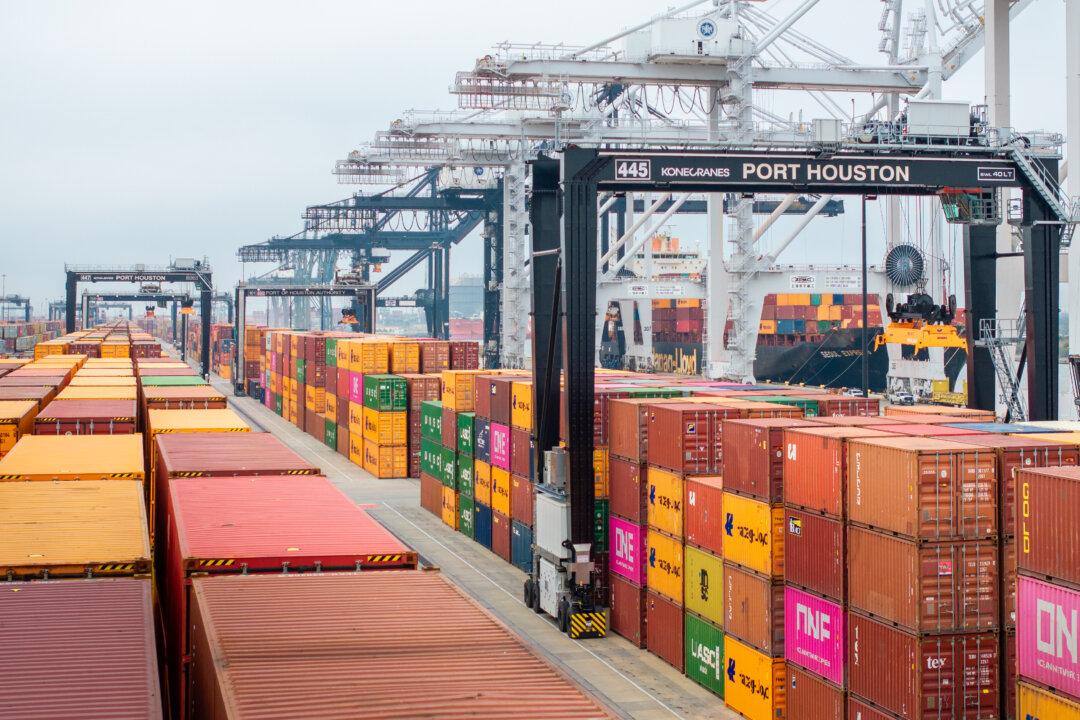The decline comes as inflation remains elevated and mortgage rates, driven by the Federal Reserve’s aggressive monetary tightening policy, are still high, weighing heavy on buyer demand.
Meanwhile, soaring costs for construction, materials, and labor have made it more expensive to build homes and increasingly difficult for builders to keep housing affordable for home buyers.
Builder confidence for newly-built single-family homes dropped two points to 31 in December, according to NAHB/HMI; the lowest confidence reading since mid-2012, with the exception of a drop at the start of the COVID-19 pandemic in the spring of 2020.
Any number over 50 indicates a favorable outlook for home sales conditions, while below 50 indicates a negative outlook.
Meanwhile, the latest survey showed that 62 percent of builders are rolling out incentives in an effort to bolster sales, including price reductions and mortgage rate buy-downs.
But with construction costs up more than 30 percent since the start of this year, builders are struggling to cut prices. Around 35 percent of builders reduced homes prices in December, down slightly from 36 percent in November, according to the survey.
The average price reduction was 8 percent, according to NAHB, up from 5 percent or 6 percent earlier in the year.
“The silver lining in this HMI report is that it is the smallest drop in the index in the past six months, indicating that we are possibly nearing the bottom of the cycle for builder sentiment,” said NAHB Chief Economist Robert Dietz.
‘Weaker Housing Conditions to Persist in 2023’
That being said, NAHB cautioned that builders will still need to plan roughly or year or so ahead when thinking about starting construction.“NAHB is expecting weaker housing conditions to persist in 2023, and we forecast a recovery coming in 2024, given the existing nationwide housing deficit of 1.5 million units and future, lower mortgage rates anticipated with the Fed easing monetary policy in 2024,” NAHB said.
Additionally, the survey found that current sales conditions fell 3 points to 36 and traffic of prospective buyers was unchanged at 20, but sales expectations in the next six months increased 4 points to 35.
Regionally, sentiment was strongest in the Northeast and weakest in the West, with some mild improvement in the South.

The latest survey comes after the Federal Reserve approved another interest rate hike on Dec. 14, this time opting to raise the benchmark federal funds rate by 50 basis points to a target range of 4.25–4.5 percent, the highest level since late 2007.
Fed Chair Jerome Powell, speaking at a news conference after the vote, cautioned that the Central Bank still has a long way to go in fighting inflation.
Many economists now widely expect the Feds to raise rates above 5 percent next year as prices show no signs of weakening.
Meanwhile, the average rate for a 15-year fixed mortgage dropped to 5.54 percent, which is still significantly higher than its average of 2.34 percent a year ago.





